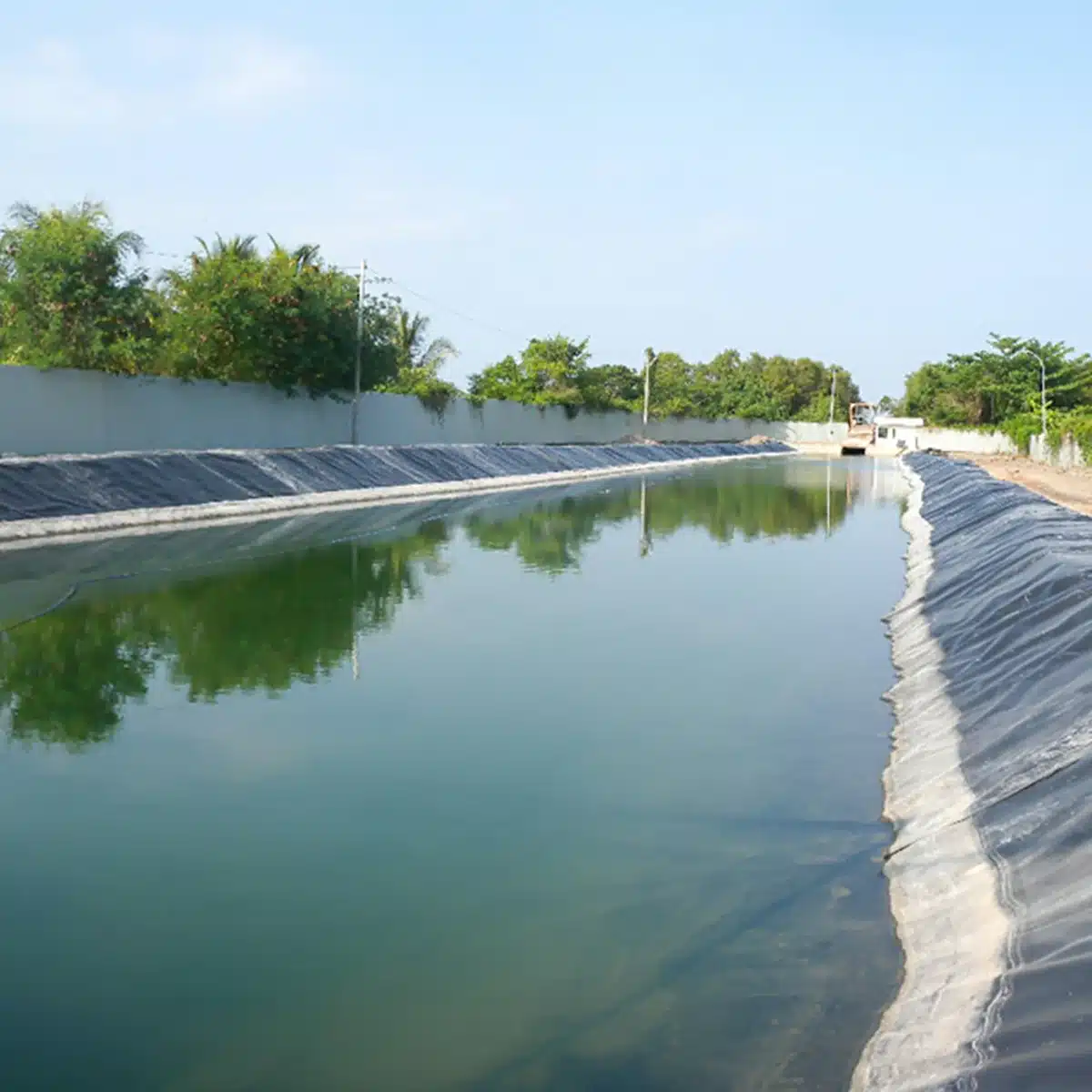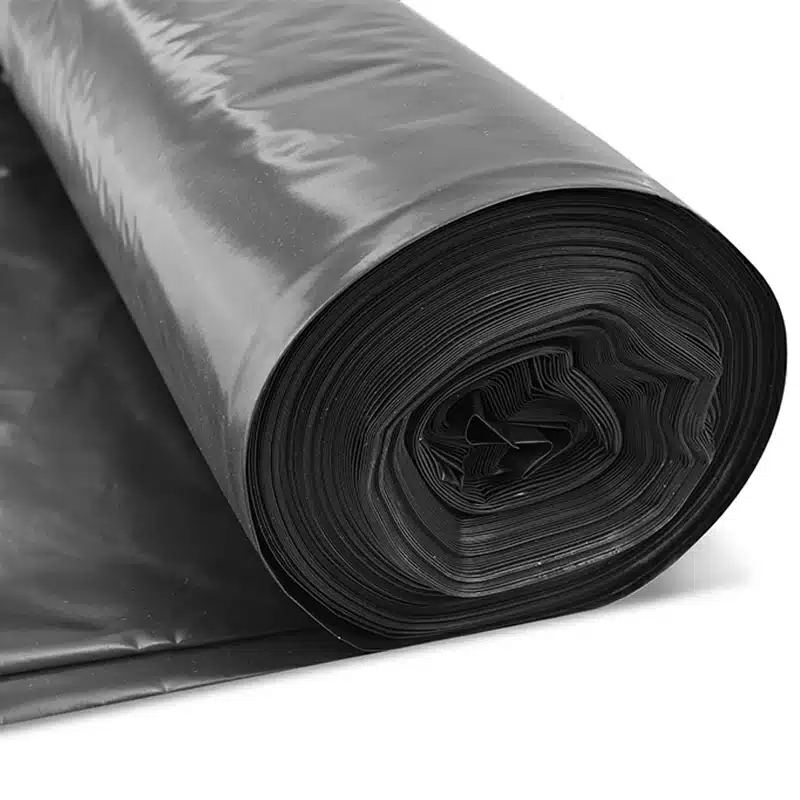+86-159 9860 6917
info@geofantex.com
geofantex@gmail.com
+86-400-8266163-44899
Polyethylene film rolls are a ubiquitous yet often overlooked component in various industries. From packaging to agriculture, these versatile sheets of plastic play a crucial role in our daily lives. This article dives into one of the specific applications of polyethylene film rolls: geomembrane films. We’ll explore what geomembrane film is, when and how to use it, and why it is so important.

What is Geomembrane Film?
Geomembrane film is a type of polyethylene film specifically designed for use in environmental applications. Geomembranes are giant impermeable membranes made of (un)reinforced polymeric materials and used to stabilize earth and to secure landfills ensuring containment of hazardous or municipal wastes and their leachates. These films are made from high-density polyethylene (HDPE) or low-density polyethylene (LDPE), known for their durability and resistance to chemicals and UV light. Geomembrane films are used as liners to prevent the seepage of liquids and contaminants into the ground, making them vital in waste management, mining, and water containment.
When to Use Geomembrane?
Geomembrane films are used in a variety of scenarios, primarily where containment and environmental protection are crucial. Here are some key applications:
- Landfills: To prevent leachate, a toxic liquid produced by waste, from contaminating soil and groundwater.
- Mining: To contain and manage tailings, which are the waste materials left after extracting valuable minerals.
- Agriculture: For lining ponds, canals, and reservoirs to conserve water and prevent seepage, particularly when working with canals, reservoirs, storage basins, dams, and tunnels.
- Water Treatment: In the construction of ponds, lagoons, and tanks used for treating and storing water.
How to Use Geomembrane?
Geomembrane films are used in a variety of scenarios, primarily where containment and environmental protection are crucial. Here are some key applications:
Common Uses of a Geomembrane Liner:
- As liners for potable or reserve water (e.g., safe shutdown of nuclear facilities).
- As fish pond liners.
- As liners for waste liquids (e.g., sewage sludge), radioactive or hazardous waste liquids.
- As liners for the agriculture industry.
- As liners for various waste conveyance canals.
Using geomembrane films involves several steps to ensure they are effective and long-lasting:
- Site Preparation: The area where the geomembrane will be installed needs to be cleared of debris and leveled.
- Laying the Geomembrane: The film is rolled out carefully to avoid wrinkles and overlaps are sealed using welding or adhesive methods to ensure a watertight barrier.
- Securing the Edges: The edges of the geomembrane are anchored in trenches to prevent shifting or lifting.
- Covering the Film: In some applications, the geomembrane may be covered with soil, rocks, or other materials to protect it from physical damage and UV degradation.

Why is Geomembrane Important?
Geomembrane films are critical for several reasons:
- Environmental Protection: They prevent harmful chemicals and waste from contaminating soil and water sources.
- Resource Conservation: In agriculture and water treatment, they help conserve precious water resources by preventing leaks and providing a moisture barrier for areas of excessive water.
- Cost Efficiency: Geomembranes provide a cost-effective solution for large-scale containment needs, reducing long-term environmental and financial liabilities.
- Durability: Made from robust polyethylene materials, geomembranes offer long-lasting performance even in harsh conditions.
Polyethylene film rolls, particularly in the form of geomembrane films, are an essential tool in modern environmental management. By understanding what a geomembrane is, when to use it, how to use it, and why it is important, industries can better protect our environment and manage resources efficiently. As technology advances, the applications and benefits of these versatile films will only continue to grow, cementing their place as a cornerstone of sustainable practices.



Get Free Sample
We’ll respond as soon as possible(within 12 hours)






















